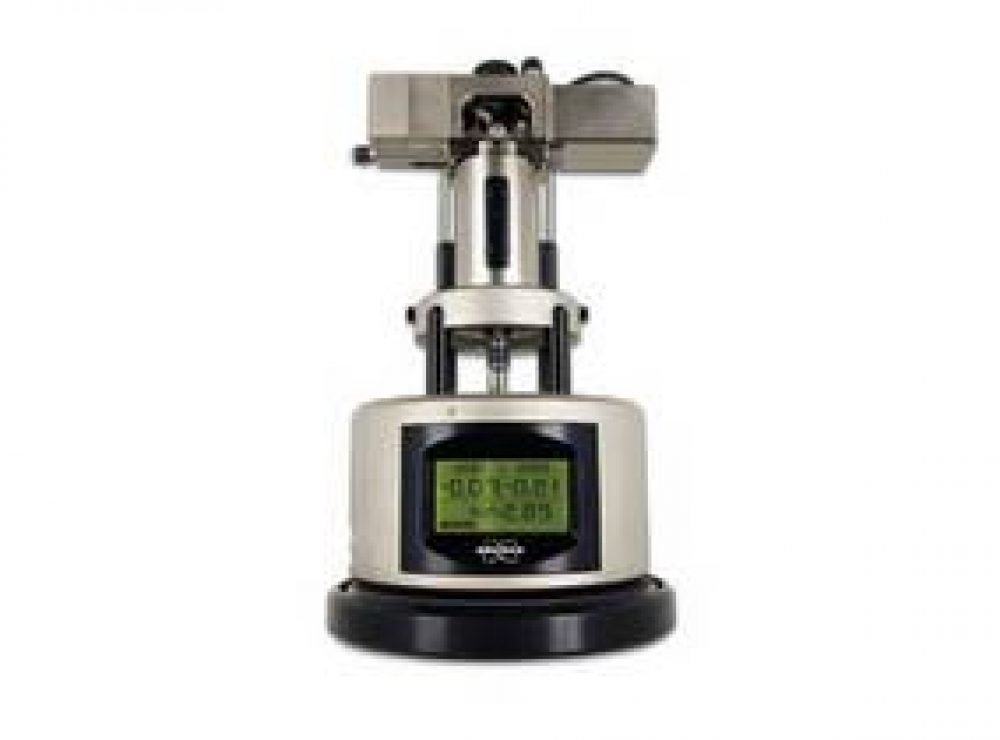This website uses cookies so that we can provide you with the best user experience possible. Cookie information is stored in your browser and performs functions such as recognising you when you return to our website and helping our team to understand which sections of the website you find most interesting and useful.
Imaging technique that measures the topology of a surface with picometre height resolution along with other material properties

- Partner:The University of Manchester
- Facility:Multidisciplinary Characterisation Facility (MCF)
Or call us now on 0161 275 8382
Detailed Description
Atomic force microscopy (AFM) is an imaging technique that measures the topology of a surface with picometre height resolution. A variety of material properties may be measured simultaneously, including – notably – electrical properties (including surface potential/kelvin probe microscopy, capacitance, etc.), magnetic properties and quantitative nanomechanical properties (including modulus, adhesion, dissipation and deformation). A Peak-force TUNA (tunneling AFM) module allows for high-resolution current imaging in addition to these modes. As such, the Multimode offers versatility with a wide range of applications.
Uses/Applications
Material and Polymer Science
As a technique, AFM is uniquely well suited for investigating the nanoscale properties of nanocomposite materials.
Quantitative NanoMechanical and NanoElectrical
Fast, high-resolution mapping of nanomechanical properties including modulus over a wide range (kPa to GPa).
Biological Research
Assembled layers and functionalised surfaces.
Nanoscope V SPM controller
Application module ready
Scanner – 125 x 125 μm XY and 5 μm Z range (vertical)
Height resolution: 14 pm (last calibration)
Standard accessories
Optical microscope with 10X objective for viewing tip, sample, and laser;
Probe holder for most imaging applications in air, includes tip bias connection;
Probe holder for torsional resonance mode (TRmode);
MFM starter kit with probes and training sample;
Calibration grating for scanner calibration.
Additional accessories
Peakforce QNM technology;
STM head;
Conductive AFM application module;
Tunning AFM (TUNA) application module;
Scanning Capacitance Microscopy (SCM) module.
Maximum sample size
12 mm diameter x 5 mm thick

